In pictures: Guti's Barcelona studio
We visit the Argentinian producer in the Catalan capital
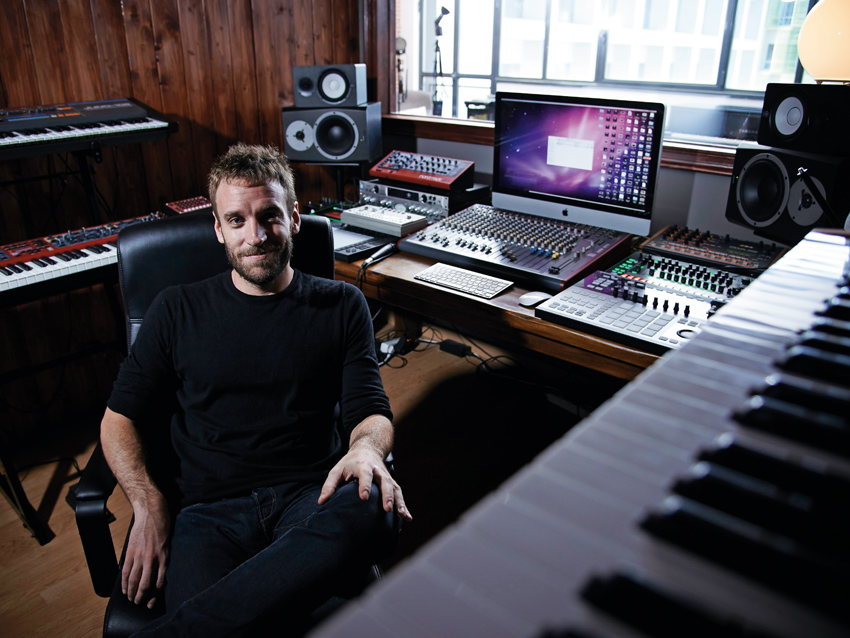
Welcome
When house high flier Guti left his native Argentina a little over five years ago and decamped to Germany under the wing of minimal-master Loco Dice, one wonders if he knew the whirlwind of parties, techno and big-selling releases that was about to become his world.
Originally from a jazz-rock background, Guti made his name with floorfillers such as All The Girls and Every Cow Has A Bird (written with Dubshape), while also becoming famed for his blistering live performances and astute remixes.
Now, having again decamped, this time to the rarefied climes of Barcelona, Guti invited Future Music to visit his current studio where he lovingly fashioned his haunting new album, Rompecorazones. This departs from Guti’s trademark house groove for a subtler, downtempo drift through an ambient, piano-led landscape.
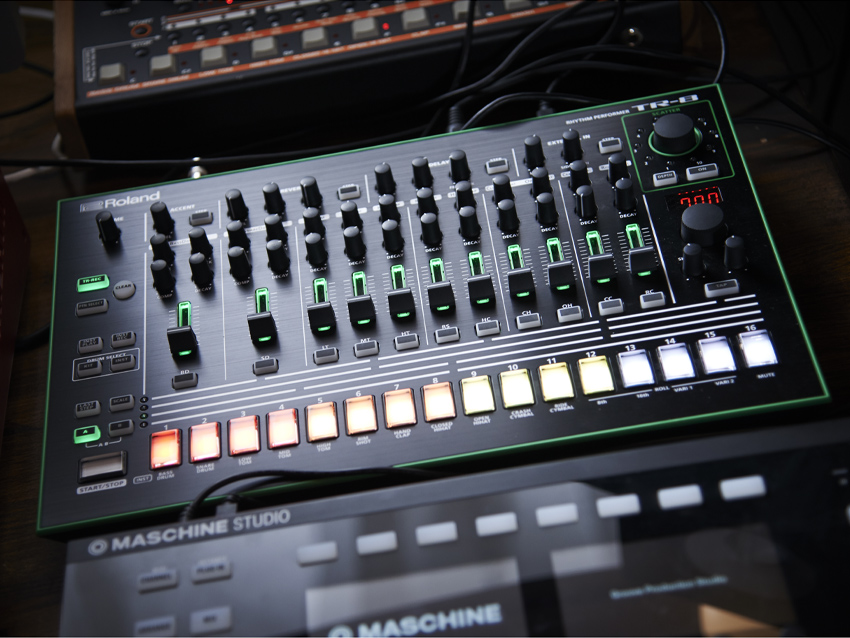
Roland Aira boxes
“I have the classic ones here too... [holds up a pristine Roland TR-808] but I have to say that the original 303 is a bit of a pain in the ass to use whereas the new version is really friendly. The TR-8 is nice... very techno. They’re nice machines. I think I’m pretty much covered for beat-building.”
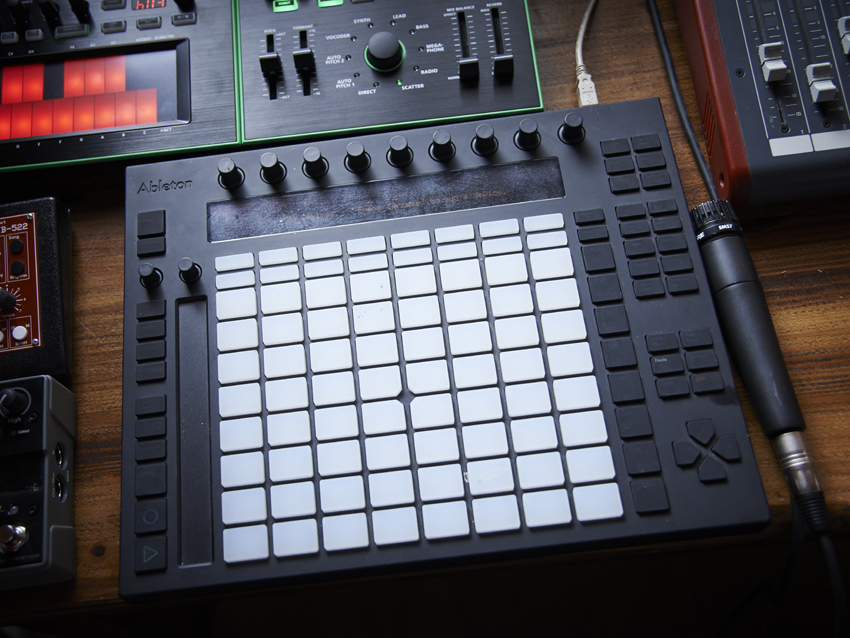
Ableton Push
“I really like the Push; it’s great to use for the studio but I don’t know how much I need it live as I always play with a Livid Controller and that has buttons and knobs enough.”
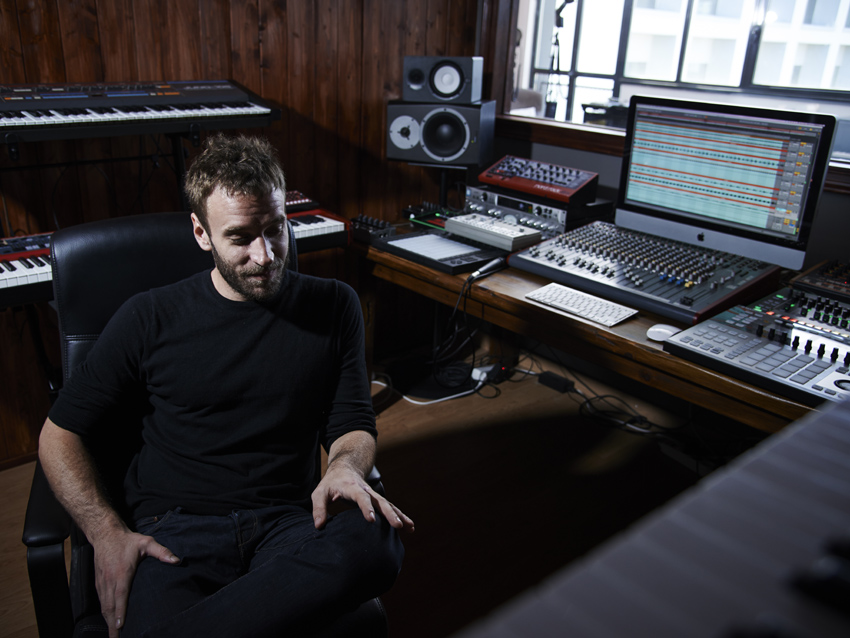
Ableton Live
“I find Ableton really fast. I want to do everything at the same time when I’m working in the studio so Ableton is a good way to work almost in real time. Logic and Pro Tools are both great, but they’re not designed for speed in the same way Ableton is. Ableton is all about the workflow and I just prefer it. Maybe Pro Tools sounds better but what one gives you in dynamic the other gives you in speed.”
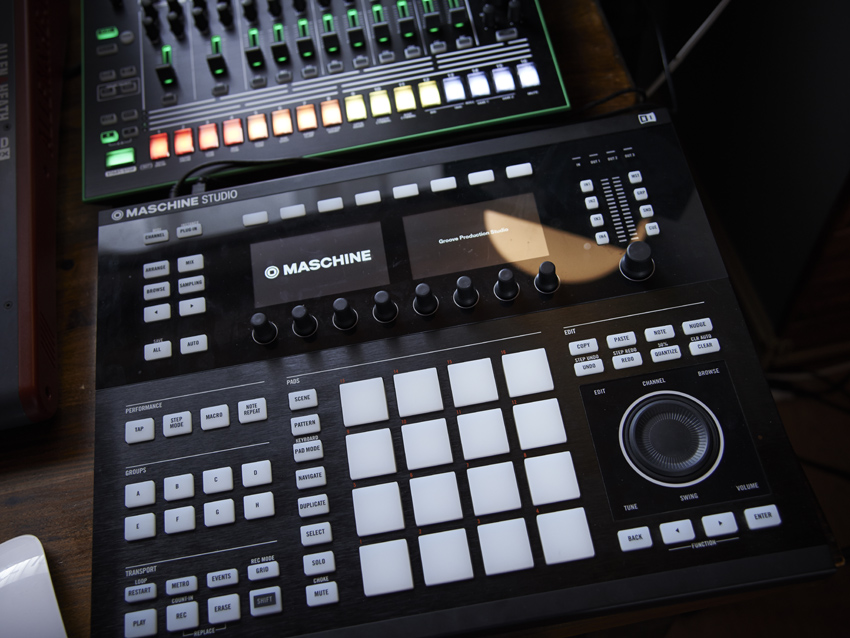
Native Instruments Maschine Studio
“I need to spend time learning [how to use it], but you can do so many things with it.”
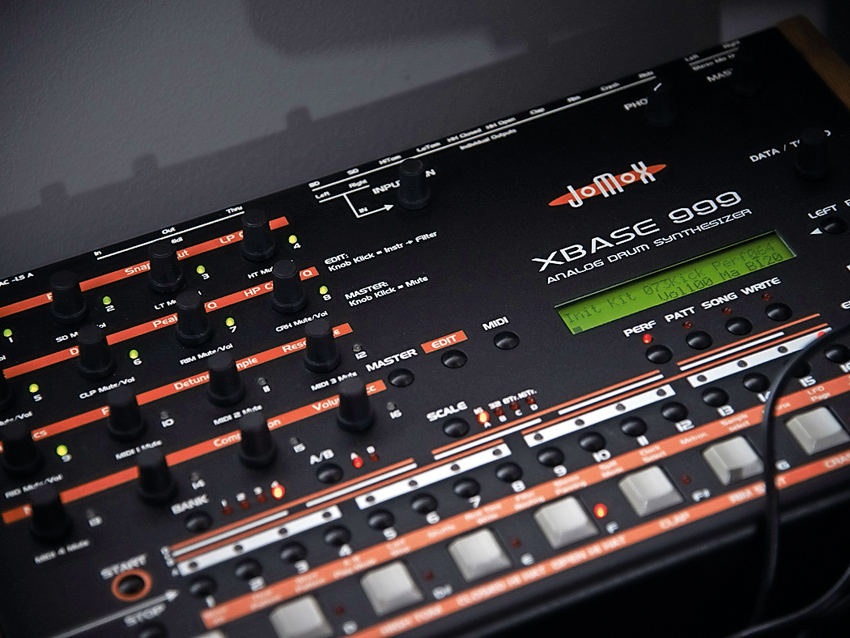
Jomox Xbase 999
“This sounds great and I used that for the beats on La Casa and some other things.”
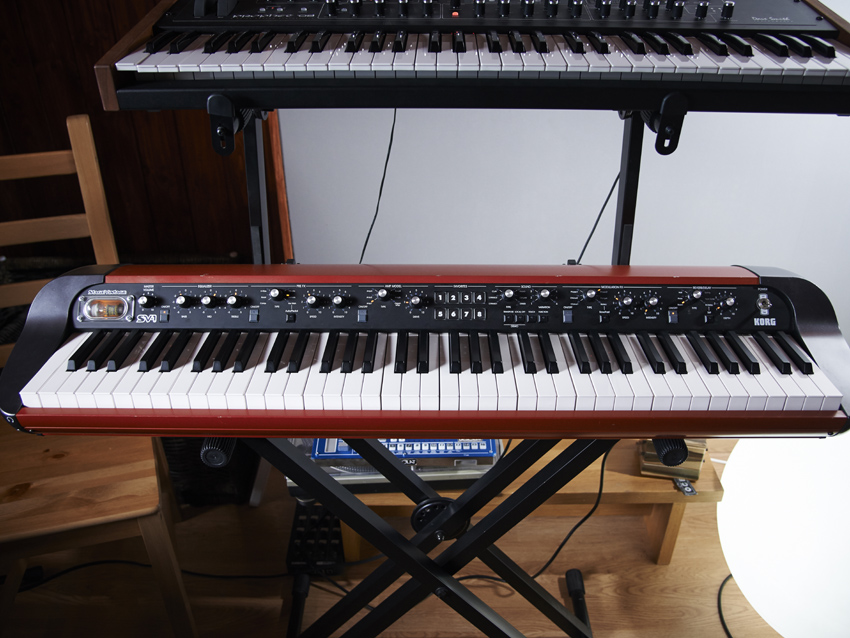
Korg SV1
“It’s really warm, and also has amazing pianos and organs.”
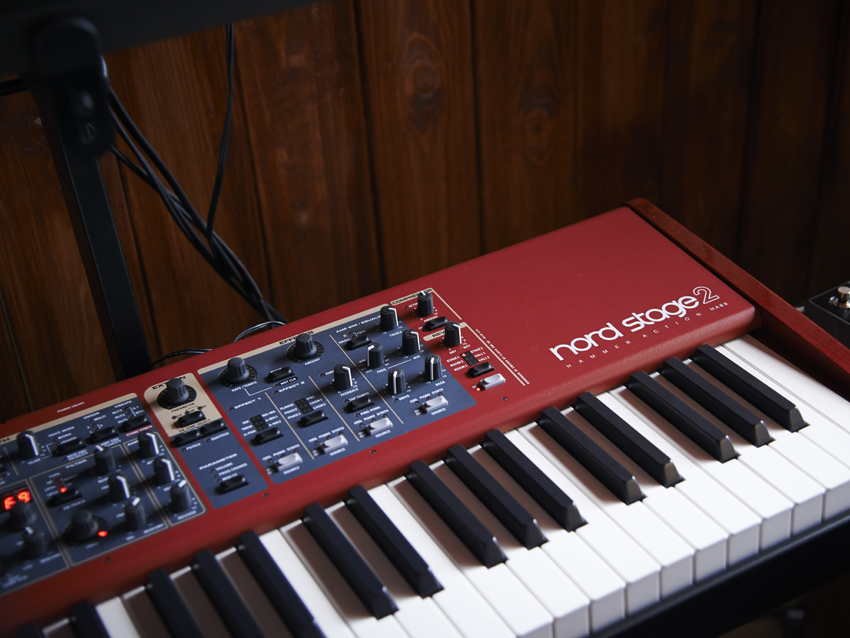
Nord Stage II
“This is one of my favourites. It’s very impressive; always really warm.
“I record basslines with the Hammond sounds from the Nord... I really use the keyboards as a source of sounds and you can do so many things that way. You can make a pad out of a piano or a melody out of a pad! That’s my way of recording, to start building a story.”
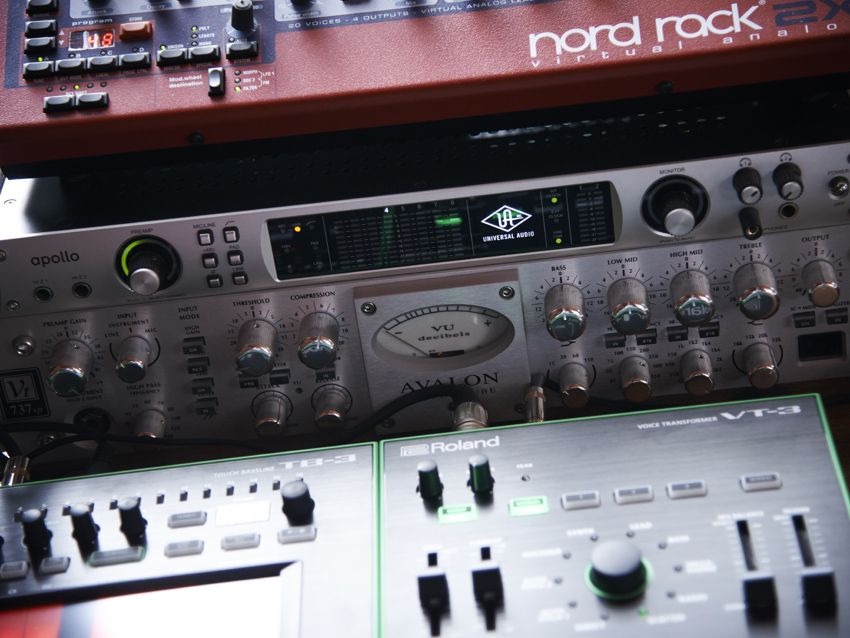
Audio interface and preamp
“I go through a Universal Audio Apollo interface then an Avalon 737 preamp, which is really warm and badass.”
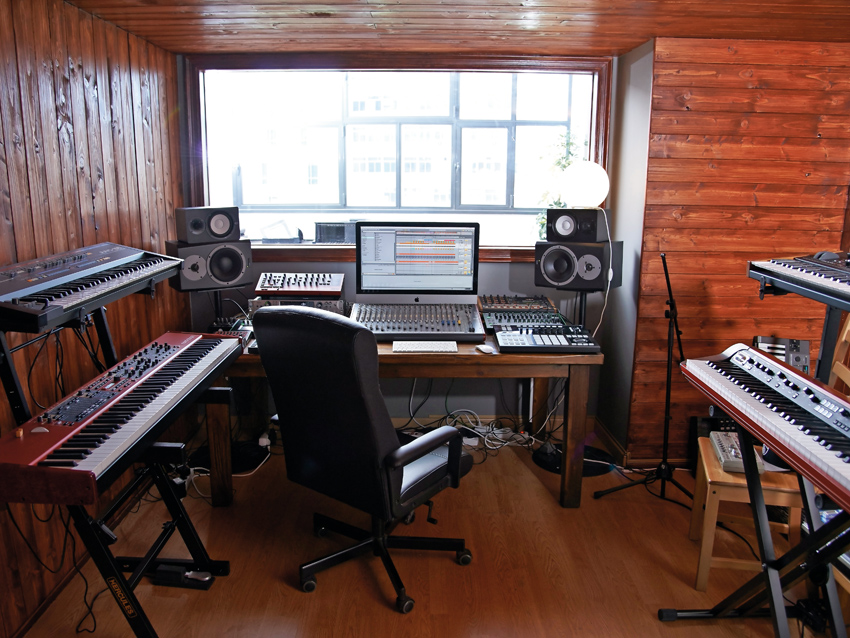
On the shopping list
“The things that I want, I don’t need [laughs], which makes me want them even more! I’d like a proper Fender Rhodes even though I have really good Rhodes sounds with the Nord, but it’s more about what makes me feel good in the studio.
“Most of the gear I get is just to make me feel good. I get in the studio and I feel like I’m moving forwards if there are more keyboards and machines. Also, I’m keen to get more good outboard gear like compressors and limiters. It’s important for me to get the music out of the computer. I know some people who make their music completely within the computer and that’s great, but I need to do it more old school because that’s where I’m from. I like to feel the keys and move the faders.
“Of course it can be done with VSTs, and I’ve heard amazing things from plugins, but to be able to keep that connection between the man and the instrument, I think, is really important.”

Future Music is the number one magazine for today's producers. Packed with technique and technology we'll help you make great new music. All-access artist interviews, in-depth gear reviews, essential production tutorials and much more. Every marvellous monthly edition features reliable reviews of the latest and greatest hardware and software technology and techniques, unparalleled advice, in-depth interviews, sensational free samples and so much more to improve the experience and outcome of your music-making.











